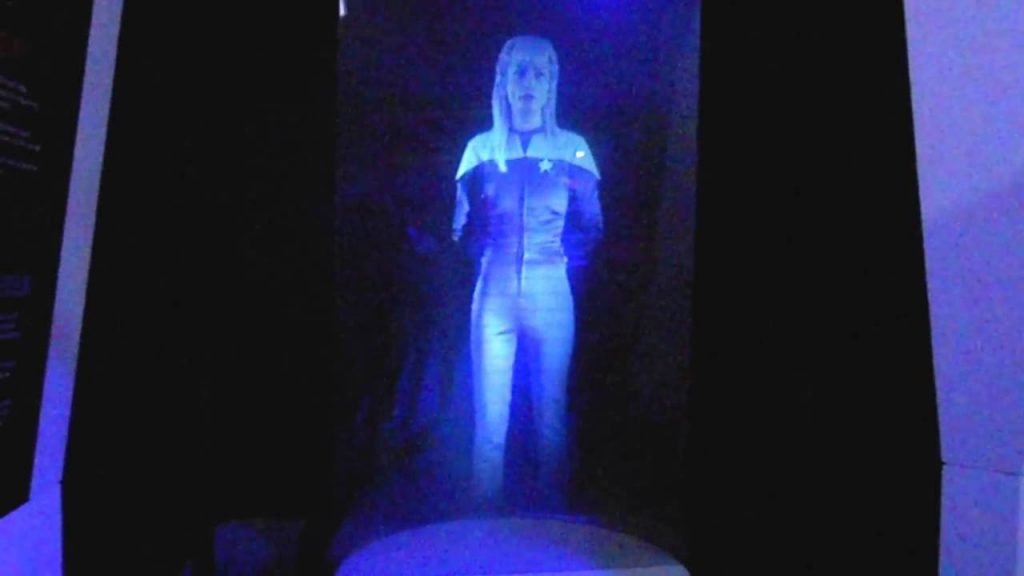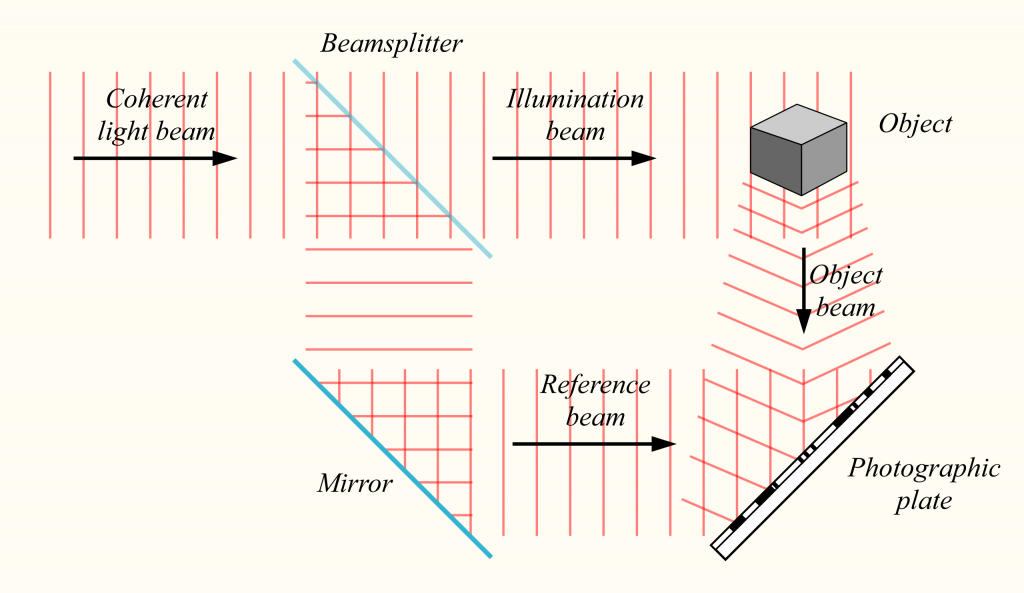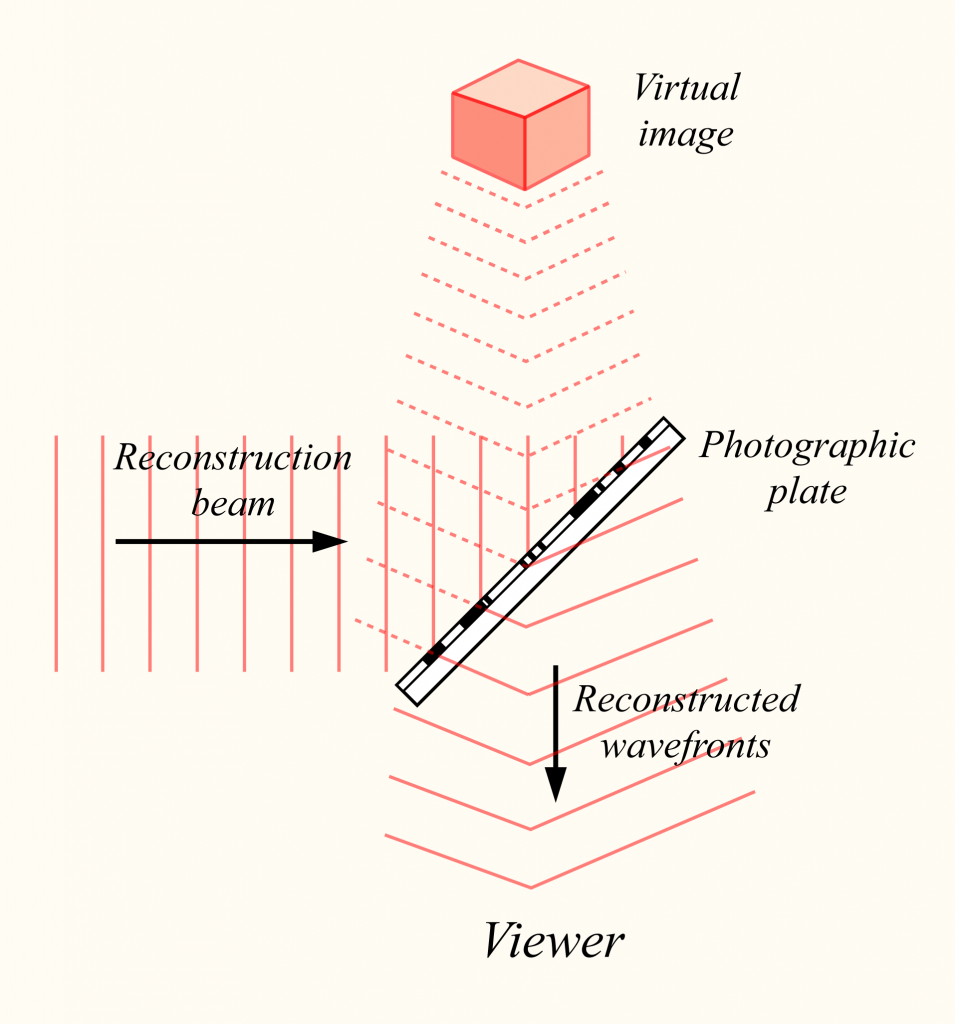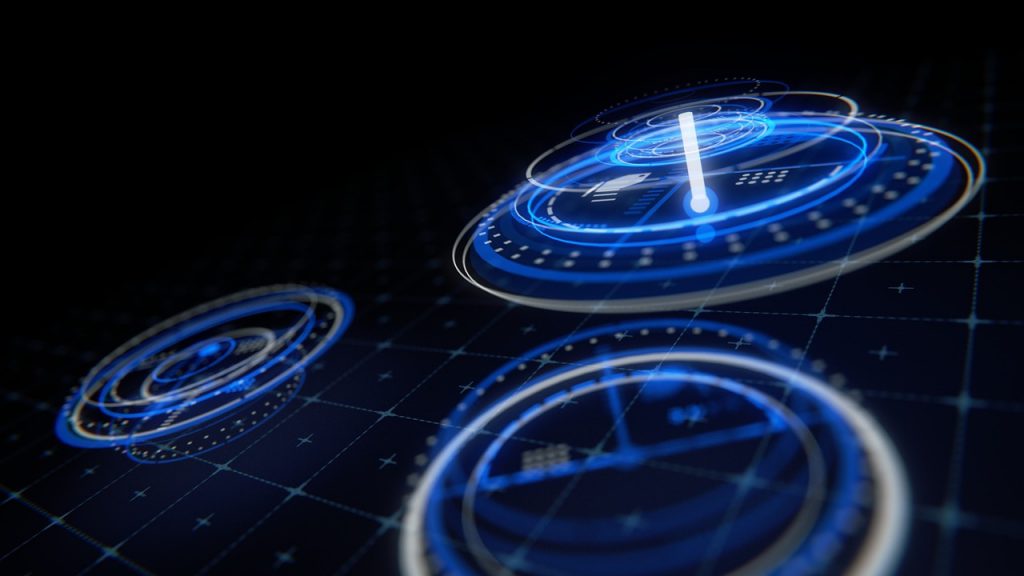What’s a Hologram?
A hologram is a physical structure that uses light diffraction to make an image, the image can appear to be three dimensional. Holography is the science and practice of making holograms. Typically, a hologram is a photographic recording of a light field, rather than an image formed by a lens.
In its pure form, holography requires the use of laser light to illuminate the subject and to view the finished hologram. Using these techniques, we can reproduce the microscopic level of detail throughout the recorded scene.
The start of the fascination
I have always been fascinated by holograms from my childhood. My first introduction to hologram was through Star Trek. Star Trek was one of the first Sci-Fi series which many of us got exposed to in the 80s and 90s. Star Trek used holograms in various settings. Some of them were those where the members of the crew or even someone of power can interact with other members without being physically present.
This was a technology most people were not familiar with unless they were fans of one such Sci-Fi series.

I’d like to mention here that Star Trek and Star Wars are not the same things. Mixing one with another may result in all the communication being cut off with a geek or Sci-Fi fan, even if he/she is the closest of your friends.
Later, Holograms were extensively used in the science fiction movies like Star Trek II and of course in Star Wars movies.

This usage of holograms was ahead of its time. It set the precedent for what was expected in the future and nobody was disappointed.
The state of Holograms today
I was awestruck when I saw the video referred below. I tried it out to render a Hologram literally out of thin air using nothing but my smartphone and a few simple-to-find things. You can do it yourself as a DIY project by following this 2-minute tutorial:
Doing the same thing 20 years ago would have taken the best computers and video equipment and of course millions of dollars.
In fact, holograms have found many uses in today’s world and we encounter them regularly. From medicine to advertisement, from tele-presence to entertainment, Holograms are everywhere.
How does Mathematics come into the picture?
If you love geometry, you’ll appreciate the mathematics behind holography, the science of holograms. Holography is based on 2D and 3D Geometry. Simple holograms are 2D surfaces that produce the illusion of a 3D object when light is shined through them.
The following figure explains how the recording of hologram works in a simple way:

Once recorded, the hologram is reconstructed using a more intricate technique as shown below:

The actual mathematics behind the hologram is quite complex, literally. The light wave used for recording as well as for reconstructing can be modeled using Complex Numbers. The complex numbers, in this case, represent the electric or magnetic field of the light wave.
Using these models we are able to project and render the 2D data into a 3D space to give a feel of a semi-solid object. The entire mathematics behind holograms revolves around this premise.
Further reading
HowStuffWorks is one of my favourite sites to satiate my curiosity about science for more than a decade. They have a great write-up on holograms at science.howstuffworks.com/hologram.htm.
You can also read this interesting article on how holograms are revolutionising the world – theconversation.com/five-surprising-ways-holograms-are-revolutionising-the-world-77886.
Let us know what you think by adding a comment to this article.
Nishant Krishna
Latest posts by Nishant Krishna (see all)
- The Psychology behind forming Lifelong Habits - 13 March 2020
- NumberNagar® Dialogue Series – On Making Mathematics the Way of Your Life - 7 February 2020
- NumberNagar® Dialogue Series – On Getting Command in Mathematics - 24 January 2020
- NumberNagar® Dialogue Series – On Bringing Fluency in Spoken English in Children - 17 January 2020
- NumberNagar Dialogue Series – On Creativity in Children - 10 January 2020

